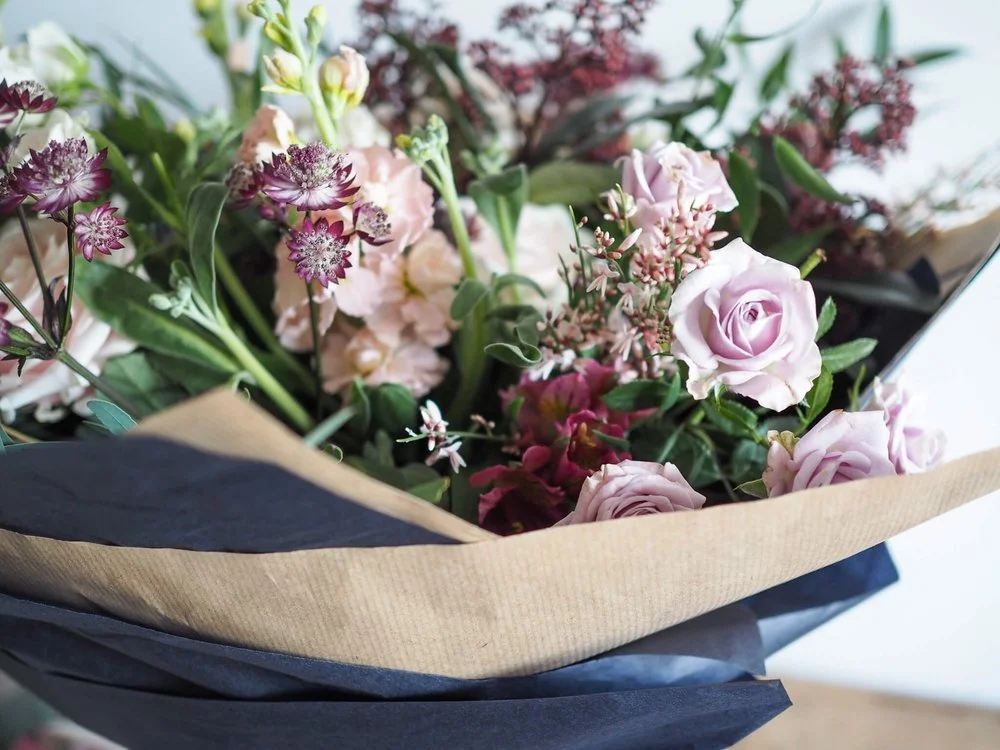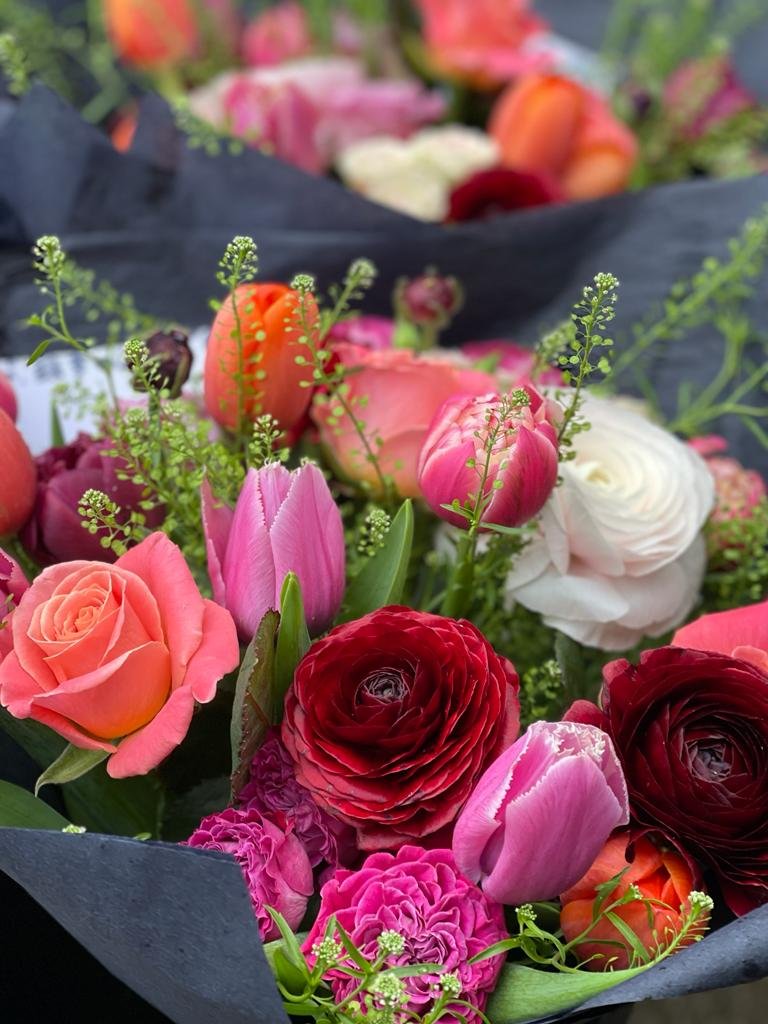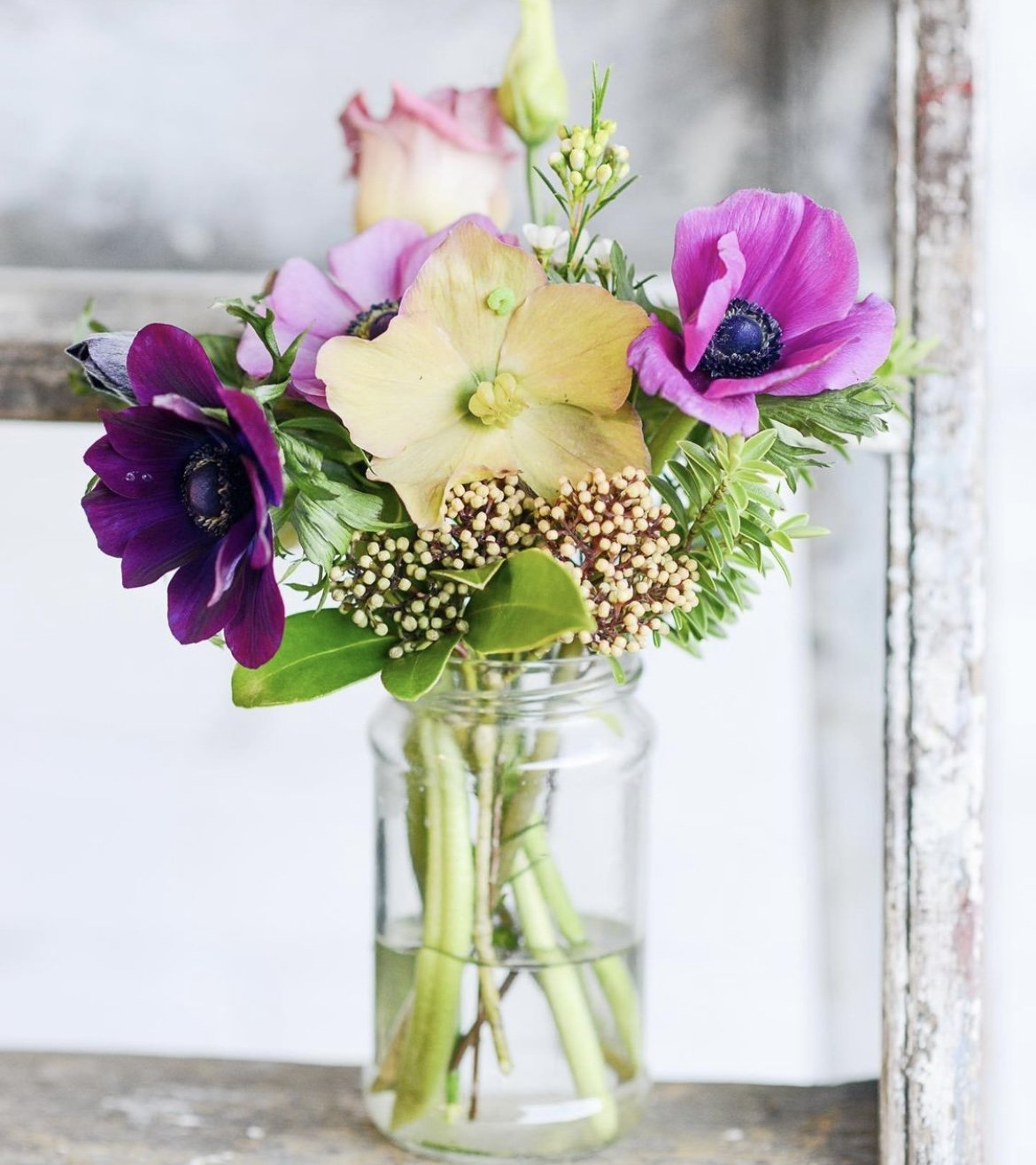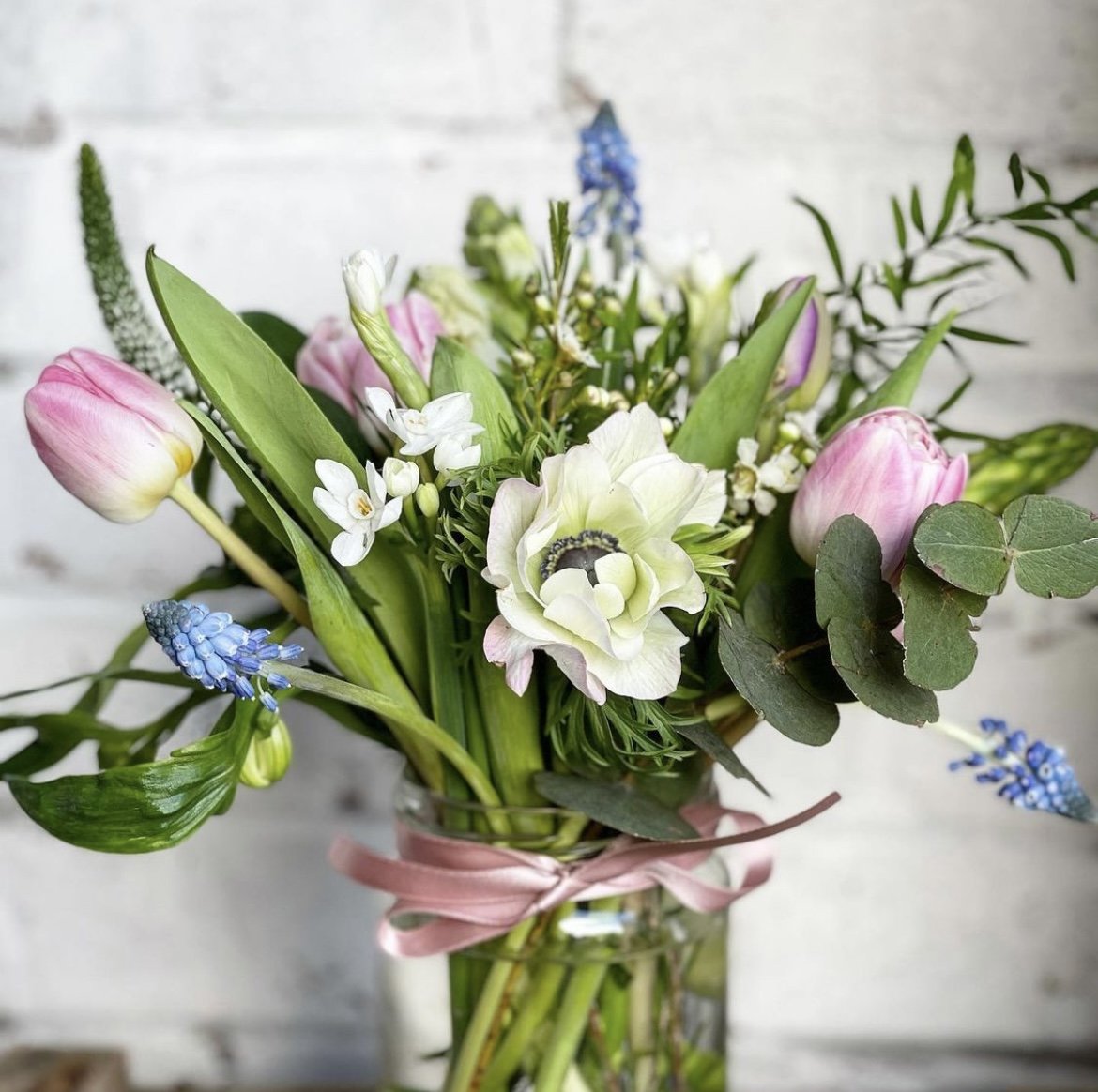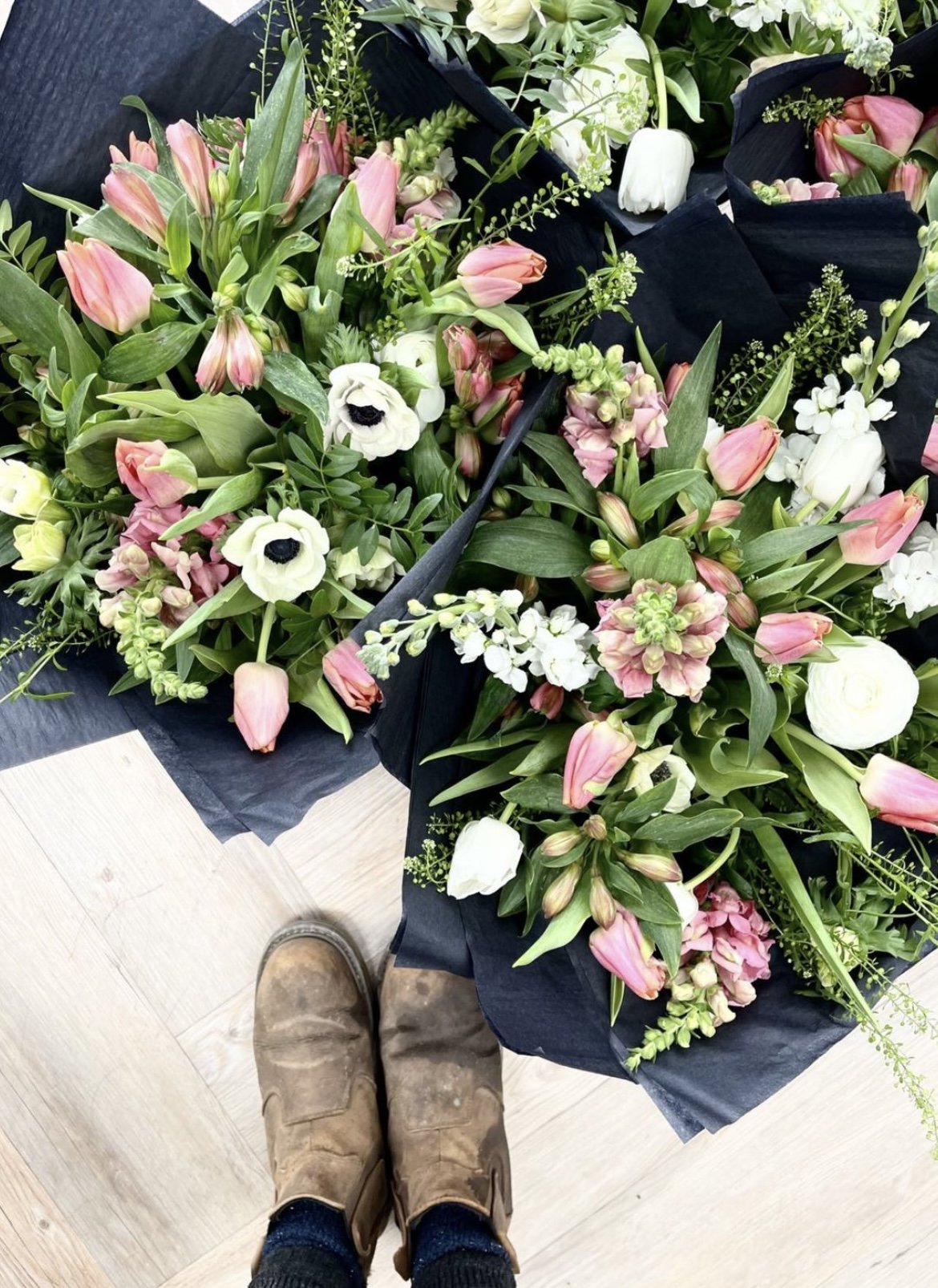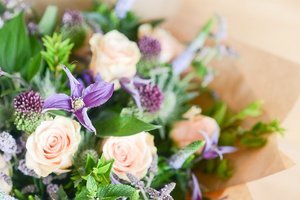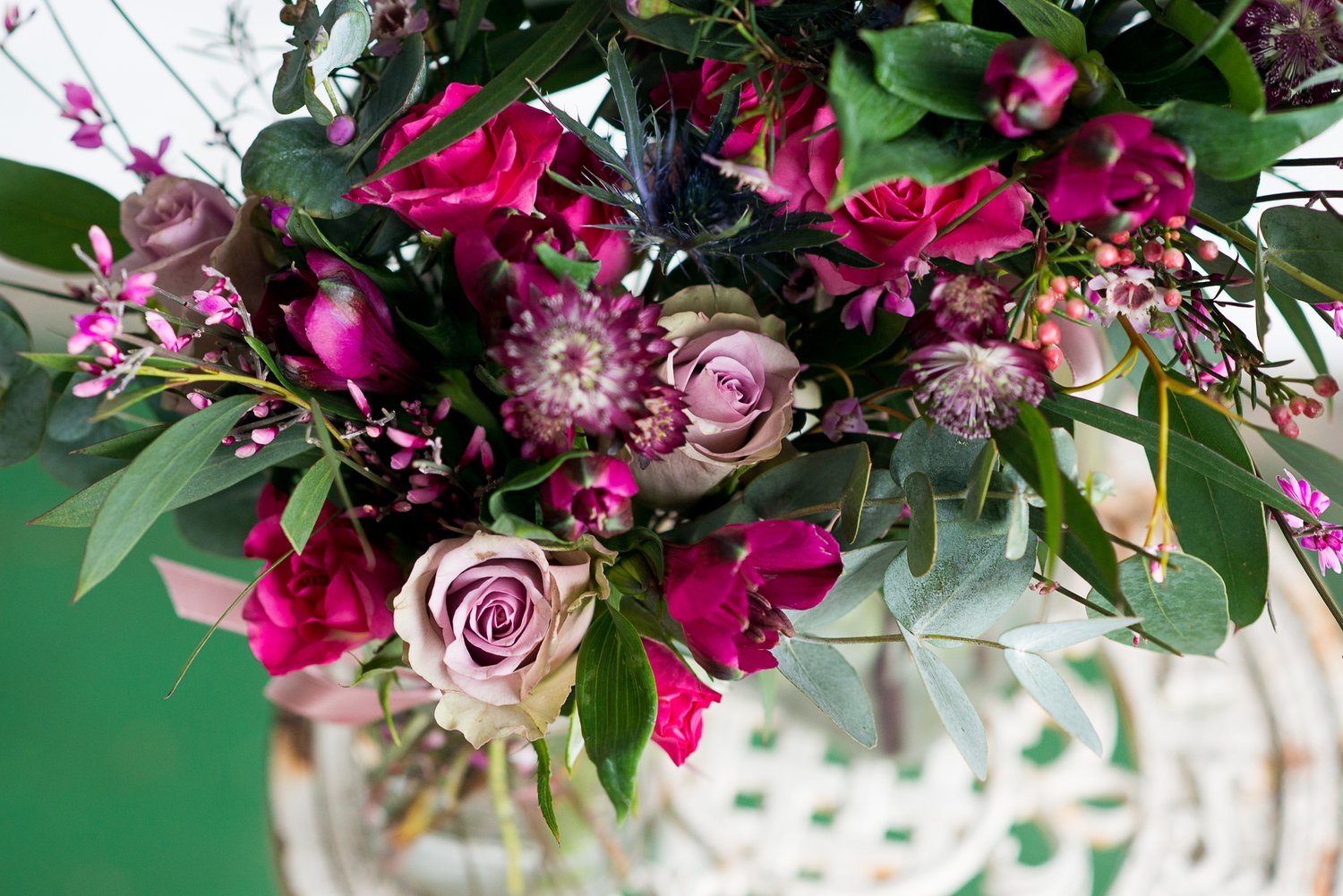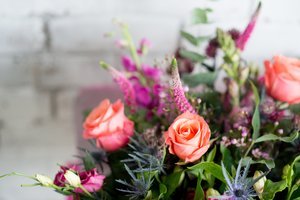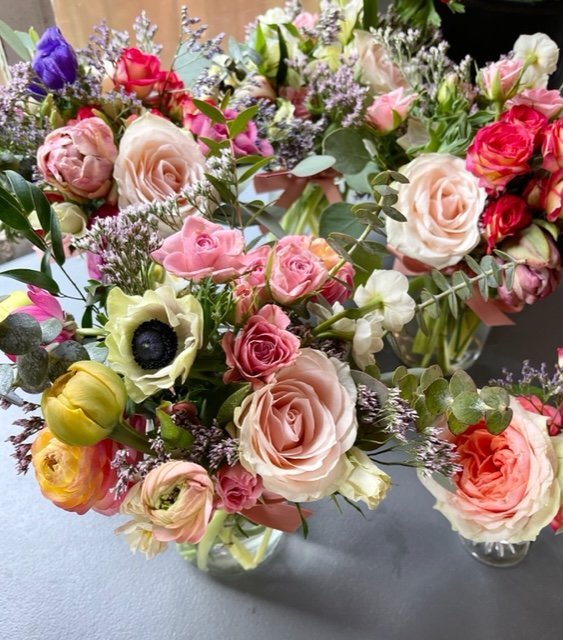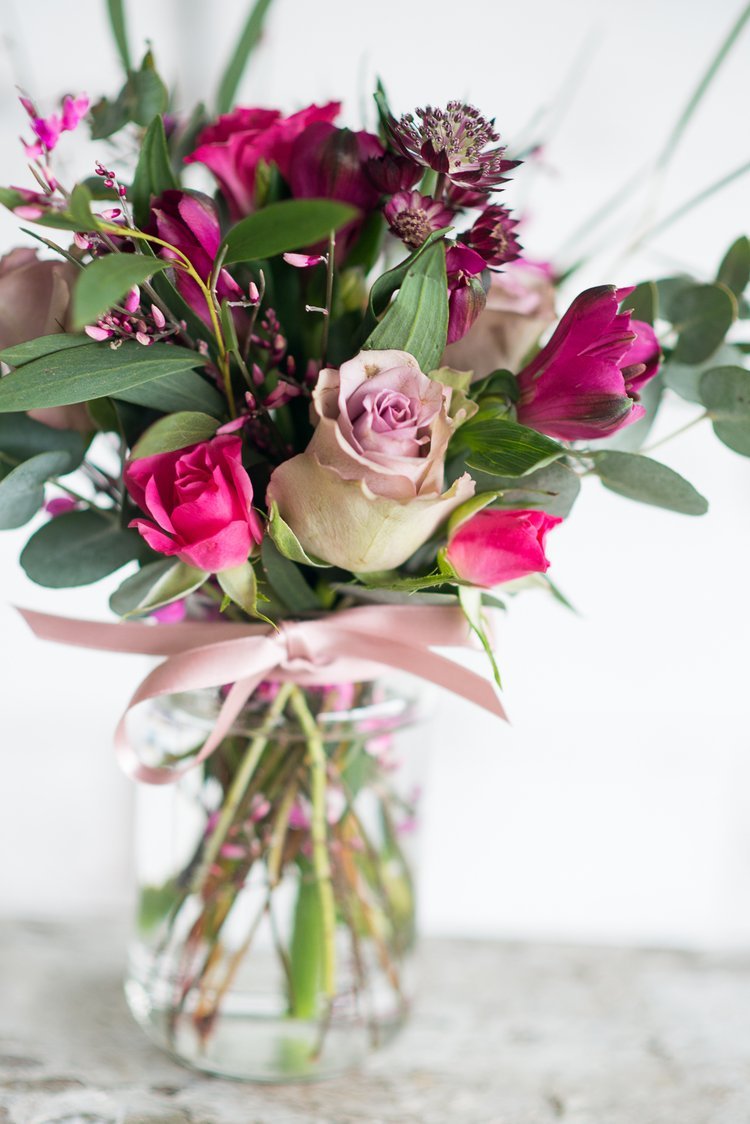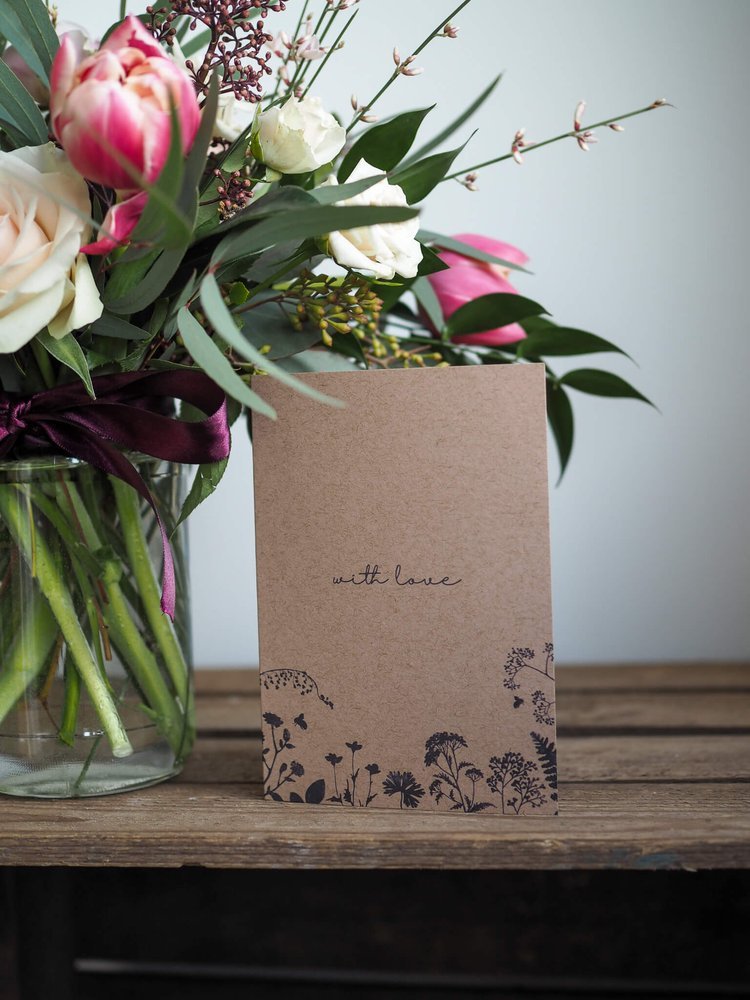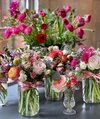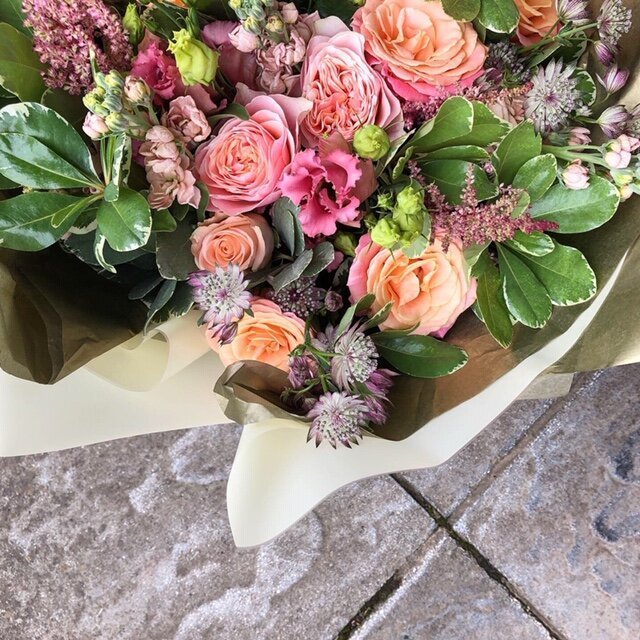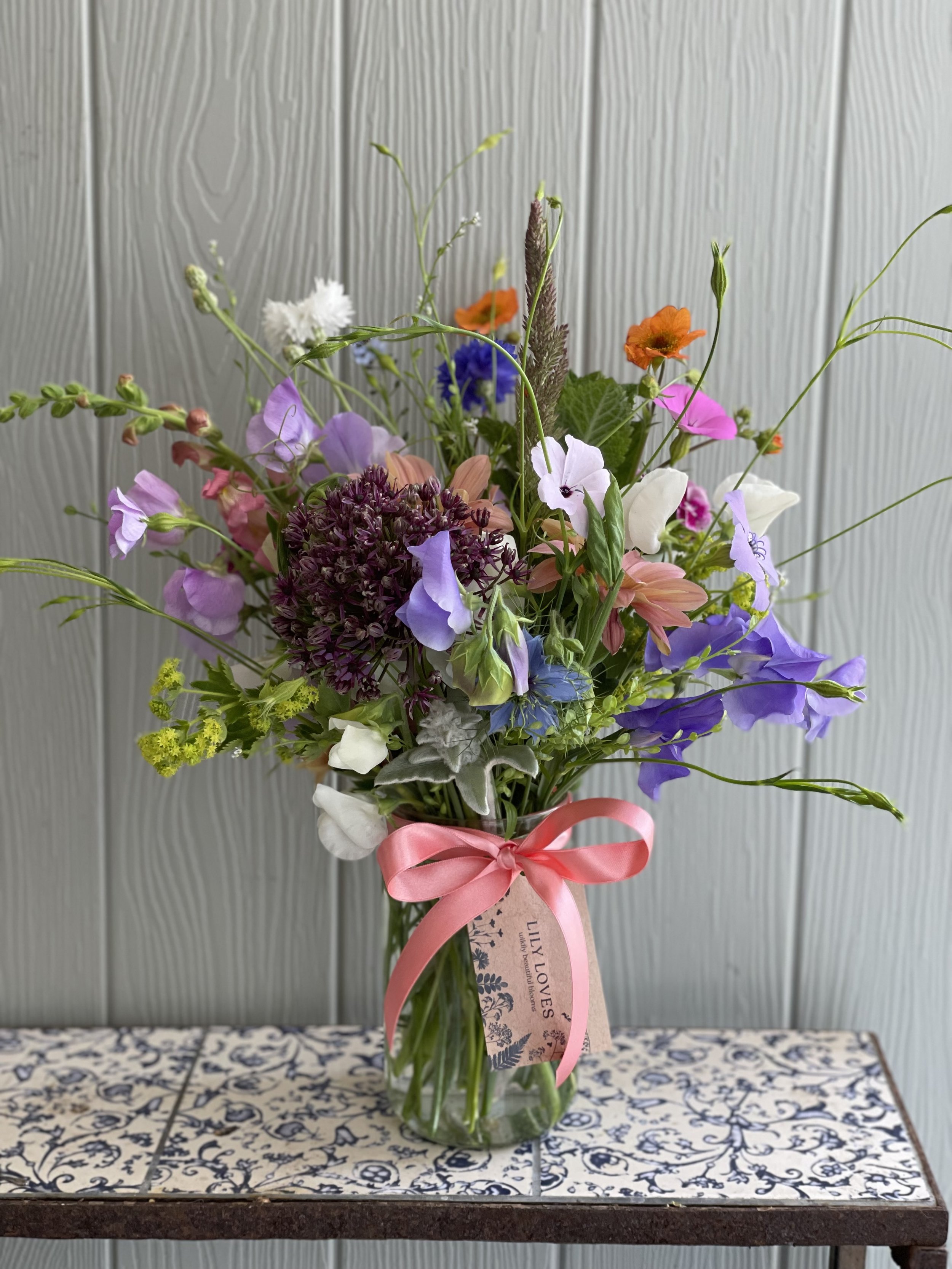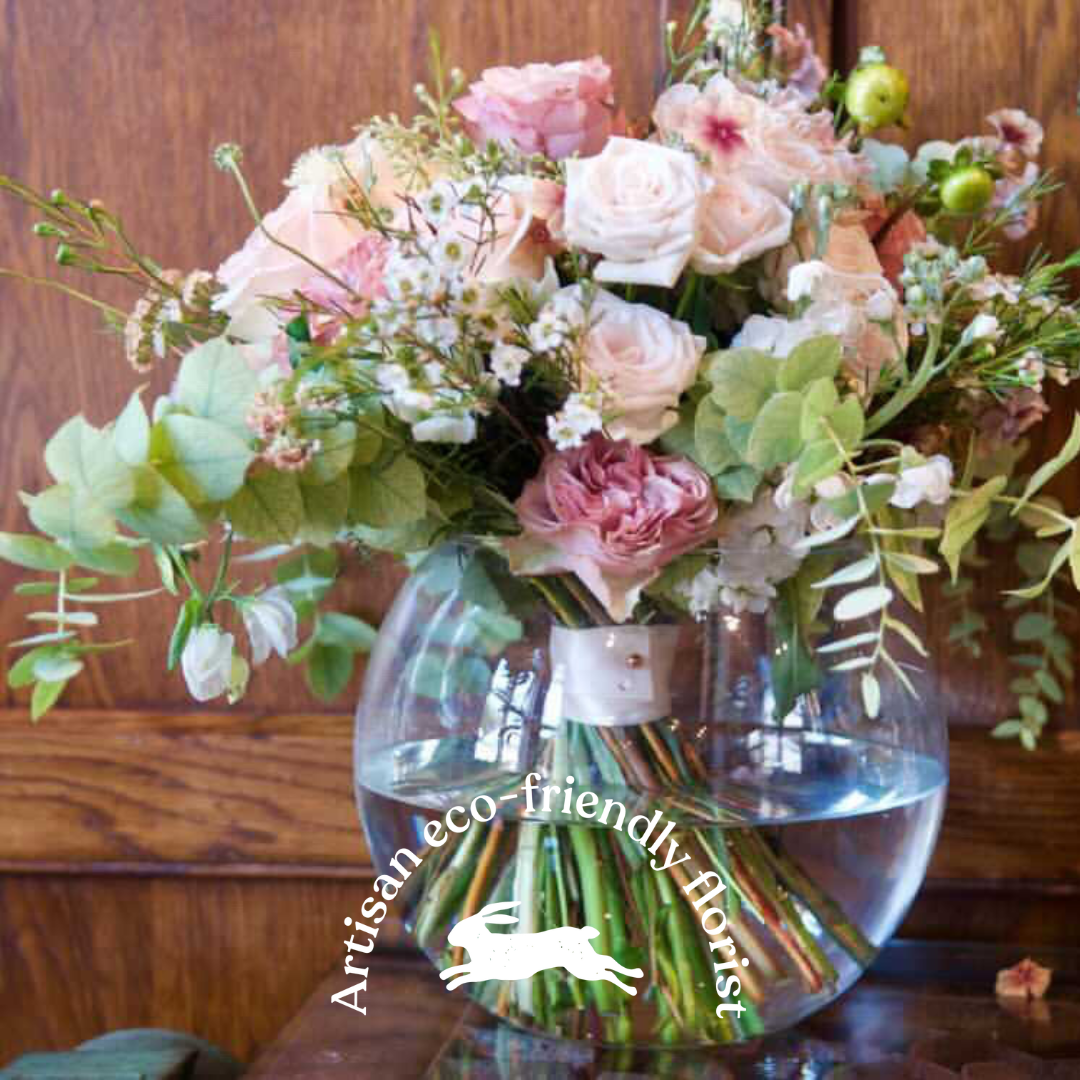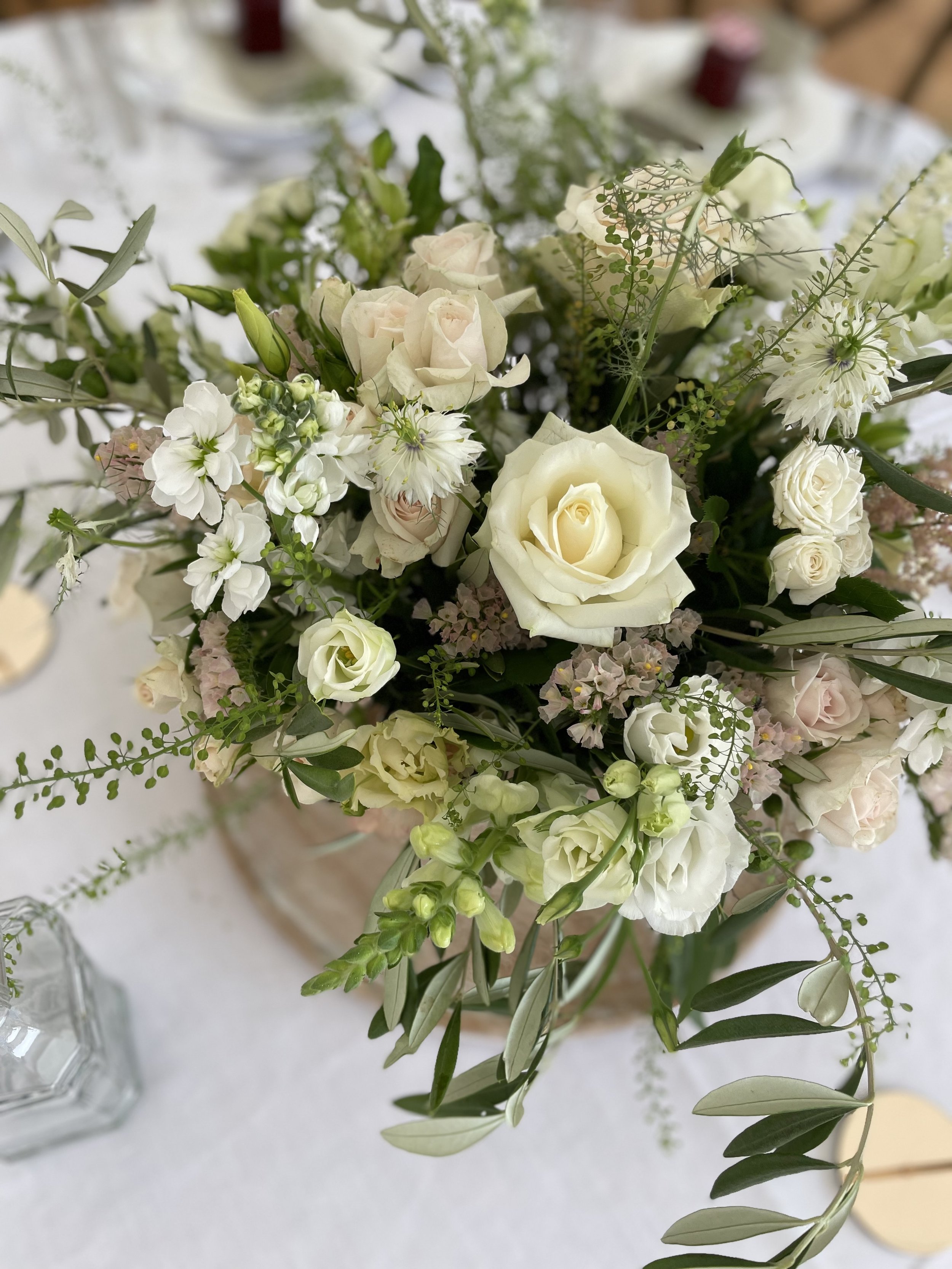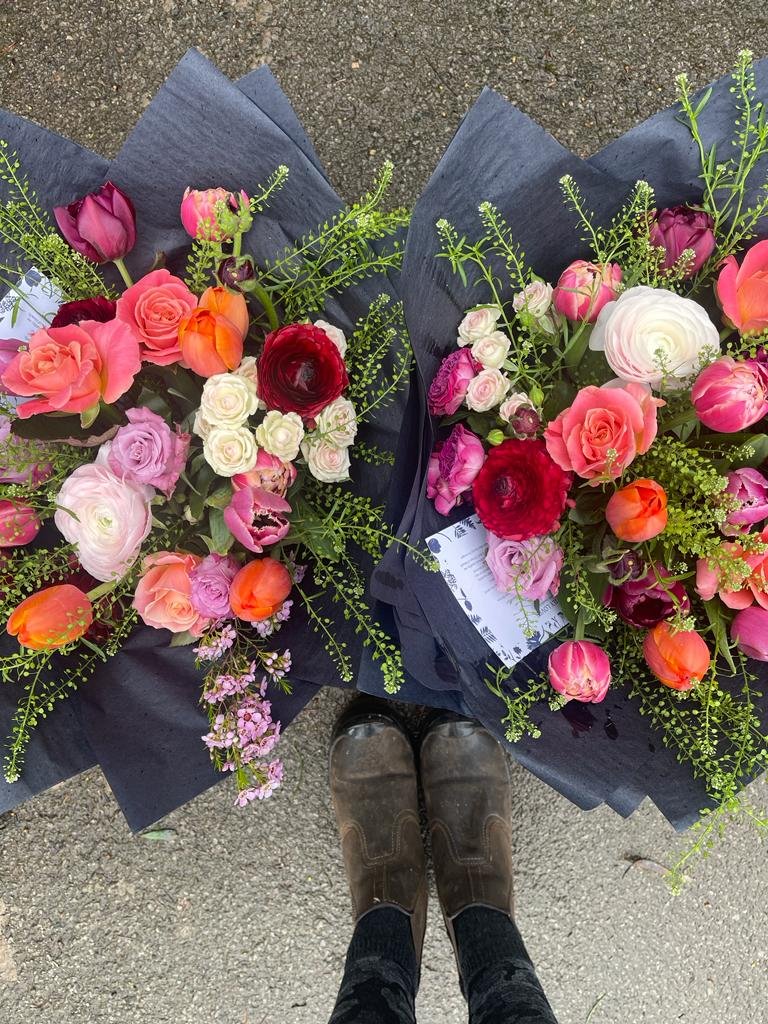Valentine’s Day Through The Eyes Of A Small Business
Love it or hate it - our thoughts on the tradition of Valentine’s Day.
No two love stories are ever the same, we understand this. That’s why our Valentines offerings are a little different to other florists. Think less “Roses are Red”, and more luxury wild beauty.
Last year we chose not to launch a Valentines campaign; after much deliberation. Flowers that are often in demand for Valentines are red roses that have been grown abroad, without scent and generated a fair few air miles to reach us. This goes against our identity and core values as a brand.
The cost of imported flowers for the industry to cater for Valentines Day is massive. It goes beyond the cost of your pocket. As a small business, we are competing with low price point, imported goods, often priced in order to get footfall through the doors of large supermarkets.
We have gone full circle this year, and are in a position to bring Valentines back, but do it our way!
Making Valentine’s Day flowers sustainable began with a profound appreciation of the natural world. With this understanding, we have cultivated a deep connection with nature, which is reflected in every product we sell. Every bouquet is crafted with luxury seasonal flowers and foliage, locally sourced where possible, and delivered locally.
By supporting local growers, we are supporting small businesses, as you support ours.
“When you buy from a small business, an actual person does a little happy dance.”
Valentines is often the first glimmer of floral beauty and fragrance we get in the new year. While the gardens are still sleeping, Valentine flowers are a chance to immerse your senses in all things wild. Seasonal flowers that you can expect to see in February are hellebore, early tulips, narcissi, hyacinth, anemone and ranunculi.
Although the selection may be more limited compared to other seasons, these flowers offer a glimpse of the beauty that lies ahead as nature awakens from its winter slumber. Embracing these seasonal blooms can bring a touch of warmth to the still-cool days of February in the UK.
So where did it all begin?... The act of giving flowers at Valentine’s dates back centuries. Unlike some other modern calendar dates, it was not one invented by supermarkets to drive more sales! (not to say they haven’t had a huge part to play in commercialising this tradition). The tradition was founded with the old romantics of ancient Rome, where names would be drawn out of a hat, and young suiters matched up. Think Tinder, but in ancient Rome!
Giving flowers on Valentines Day evolved further in the Victorian era, where expressing emotions through flowers (floriography) became popular. Each flower held a very specific meaning. Red roses became synonymous with love and passion and remains very much a ‘thing’ today.
“Without Valentine’s Day, February would be...well, January””

